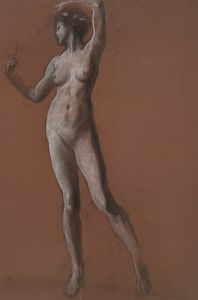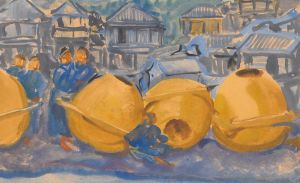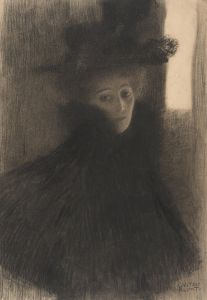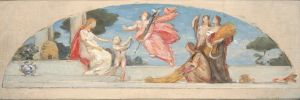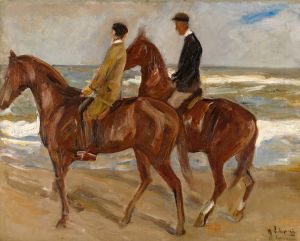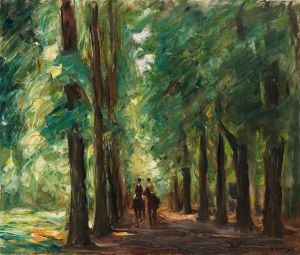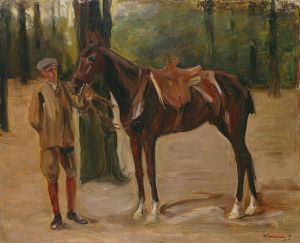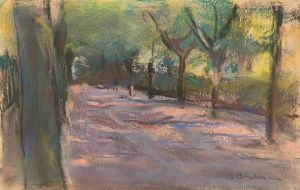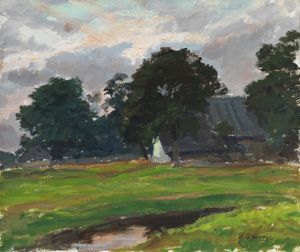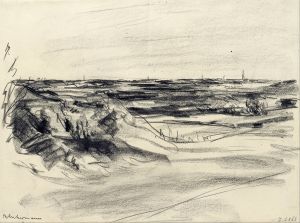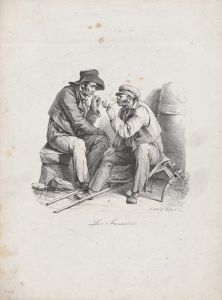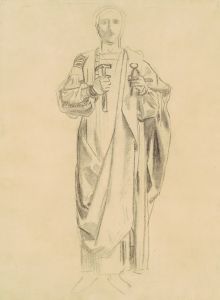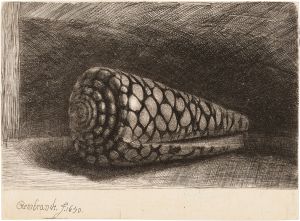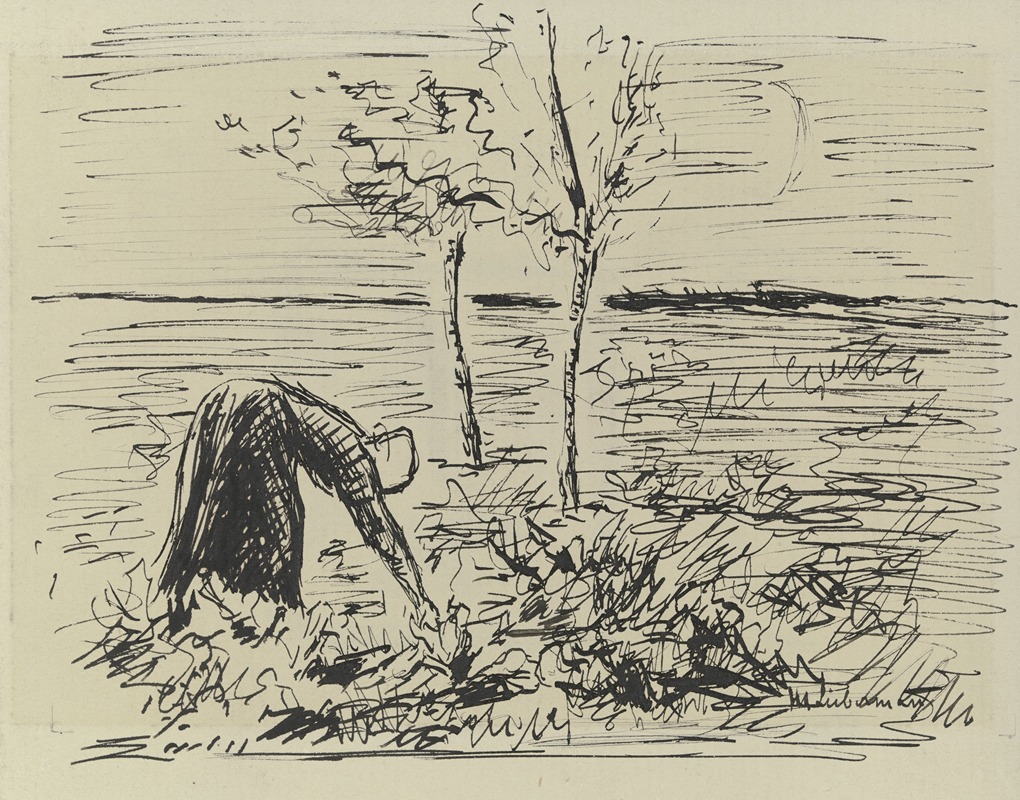
Studie zu dem Wandgemälde; Winter
A hand-painted replica of Max Liebermann’s masterpiece Studie zu dem Wandgemälde; Winter, meticulously crafted by professional artists to capture the true essence of the original. Each piece is created with museum-quality canvas and rare mineral pigments, carefully painted by experienced artists with delicate brushstrokes and rich, layered colors to perfectly recreate the texture of the original artwork. Unlike machine-printed reproductions, this hand-painted version brings the painting to life, infused with the artist’s emotions and skill in every stroke. Whether for personal collection or home decoration, it instantly elevates the artistic atmosphere of any space.
Max Liebermann was a prominent German painter and printmaker, associated with the Impressionist movement. He was one of the leading figures in the Berlin Secession, an art movement that sought to break away from the traditional academic art styles of the time. Liebermann's work is characterized by his loose brushwork, vibrant use of color, and his focus on capturing everyday life and landscapes.
"Studie zu dem Wandgemälde; Winter" is a study for a mural by Max Liebermann. Unfortunately, there is limited specific information available about this particular study or the mural it was intended for. Liebermann's studies often served as preparatory works, allowing him to experiment with composition, color, and form before executing a larger piece. These studies were crucial to his process, providing insight into his artistic methods and the development of his ideas.
Liebermann's work often depicted scenes of leisure and labor, capturing the essence of contemporary life in Germany during his time. His interest in seasonal themes, such as winter, can be seen in various works where he explored the effects of light and atmosphere on the landscape. While specific details about "Studie zu dem Wandgemälde; Winter" are scarce, it is likely that the study reflects Liebermann's broader interest in these themes.
Throughout his career, Liebermann was influenced by the works of the French Impressionists, and he incorporated their techniques into his own style. His ability to convey the subtleties of light and shadow, as well as his focus on capturing fleeting moments, are hallmarks of his work. Liebermann's contributions to art were significant, and he played a vital role in the development of modern art in Germany.
Despite the lack of detailed information about "Studie zu dem Wandgemälde; Winter," Liebermann's legacy as an artist is well-documented. He was a key figure in the transition from traditional to modern art in Germany, and his works continue to be celebrated for their technical skill and emotional depth. His influence extended beyond his own creations, as he was also a mentor to younger artists and an advocate for the arts.
In summary, while specific details about "Studie zu dem Wandgemälde; Winter" are not readily available, Max Liebermann's impact on the art world is undeniable. His studies, including this one, are an integral part of understanding his artistic process and the evolution of his work. Liebermann remains a significant figure in the history of art, known for his contributions to Impressionism and his role in shaping modern art in Germany.





